When it comes to spectator events and big venues, bleachers are a popular seating choice due to their practicality and ability to accommodate large crowds. The two common options for commercial bleacher material are aluminum and concrete. Both aluminum and concrete bleachers offer versatility in terms of their application such as whether the bleachers are used indoors at schools and auditoriums or outside at sports stadiums and concert stages. Each type has its advantages and limitations, and to make an informed decision, we need a side-by-side comparison of both. In this article, we provide insights into each so you can make an informed decision about which type of bleacher is the best choice for you.
Understanding Aluminum Bleachers
Aluminum bleachers possess several notable characteristics that make them a popular choice in many settings. Firstly, the cost of aluminum bleachers is generally lower upfront compared to concrete bleachers. They do not require a ground foundation and their lightweight, portable design allows for easy installation, making them the budget-friendly choice. Despite their lightness, aluminum bleachers are durable and weather-resistant, capable of withstanding various outdoor conditions. Furthermore, they require minimal maintenance, reducing long-term upkeep costs.
Advantages of Aluminum Bleachers
Aluminum bleachers offer several advantages over their concrete counterparts. One key benefit is the ease of installation and relocation. Unlike concrete bleachers that require complex construction, aluminum bleachers can be assembled and disassembled with relative simplicity. Many aluminum bleachers are designed with features such as tip and roll systems or the option to add wheels, making them highly suitable for temporary seating arrangements. This flexibility allows for easy adjustments to seating arrangements as needed.
Plus, aluminum bleachers provide customization options, including the ability to modify the number of rows and the addition of guardrails and handrails. This adaptability ensures that the seating arrangement can be tailored to specific requirements and safety standards.
Moreover, aluminum bleachers are often more cost-effective than concrete bleachers. The lower initial cost and reduced installation complexity make them a practical choice for those on a limited budget. The cost-effectiveness of aluminum bleachers does not compromise their quality or durability, as they are built to withstand various weather conditions and provide long-lasting performance.
Limitations of Aluminum Bleachers
While aluminum bleachers offer numerous advantages, it's important to consider their limitations as well. One significant limitation is their weight capacity and load limitations. Due to their lightweight nature, aluminum bleachers may not be suitable for large-scale events with a substantial number of attendees. It's crucial to assess the expected load requirements and ensure that the selected aluminum bleachers can safely accommodate them. Breaking up large venues with smaller bleacher sets will help mitigate load limitations and capacity weight.
Another aspect to consider is the vulnerability of aluminum bleachers to vandalism or theft. Their lightweight construction makes them more susceptible to damage or unauthorized removal. However, there are practical measures that can be taken to address these issues. surface mounting the bleachers to a concrete foundation can deter unauthorized movement while also enhancing stability. Additionally, when the bleachers are not in use, storing them in a secure location can provide an added layer of protection.
By being aware of these limitations and taking appropriate precautions, the potential drawbacks of aluminum bleachers can be lessened. It's important to assess the specific needs and circumstances of the venue or event and implement measures to ensure the safe and secure use of aluminum bleachers.
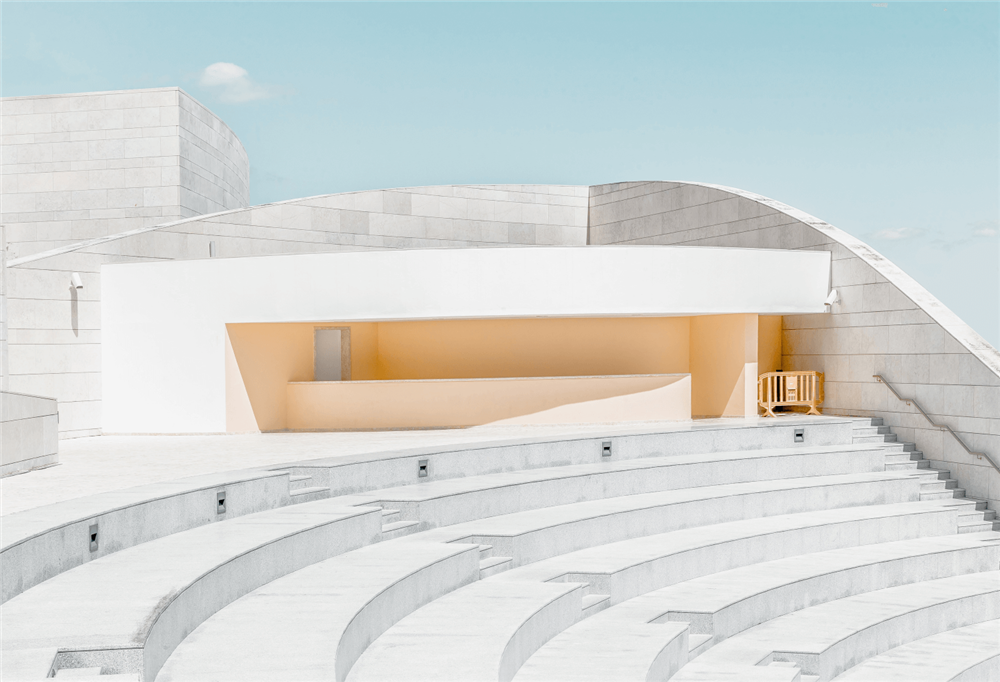
Exploring Concrete Bleachers
Concrete bleachers offer distinct advantages over aluminum in terms of their permanence and robustness. The solid concrete construction creates a long-lasting seating solution that can withstand the test of time. The durability of concrete bleachers makes them highly popular in high-traffic venues such as outdoor auditoriums and amphitheaters. Thanks to their heaviness, concrete bleachers are resistant to theft providing peace of mind for venue owners and event organizers. Unlike aluminum bleachers, which can be more susceptible to impact damage and graffiti, concrete bleachers are known for their resilience in the face of such challenges.
Advantages of Concrete Bleachers
Concrete bleachers are recognized for their solid construction and durability. They offer high load-bearing capacity, making them capable of holding large crowds and ensuring the safety of spectators. Concrete bleachers are better able to withstand temperatures extreme and harsh weather. Because of this, they are most suitable for outdoor venues subjected to varying climate conditions.
Another notable advantage of concrete bleachers is their permanence. Once installed, concrete bleachers provide a permanent seating solution that will last decades. This long-term seating is ideal for fixed locations that consistently require seating, such as sports stadiums or permanent event venues. Unlike temporary seating options, concrete bleachers do not require regular assembly or disassembly, providing a reliable and convenient seating solution.
In terms of maintenance, concrete bleachers are known for their minimal upkeep requirements. They are highly durable and resistant to wear and tear, reducing the need for frequent repairs or replacements. This aspect not only saves time and effort but also contributes to cost savings over the lifespan of the bleachers.
Limitations of Concrete Bleachers
Despite their strength concrete bleachers are not impervious to damage. Plant matter such as moss loves to grow on concrete on the concrete surface, leading to deterioration if routine cleaning and maintenance are neglected. This requires regular attention to keep the bleachers in optimal condition.
Another drawback of concrete bleachers is their lack of portability. Unlike aluminum bleachers, which are lightweight and easy to relocate, concrete bleachers are fixed structures that cannot be easily moved. This can be a disadvantage if seating arrangements need to be altered or bleachers are needed in different locations over time. The fixed nature of concrete bleachers limits their flexibility in adapting to changing needs.
Furthermore, the initial cost of concrete bleachers tends to be higher compared to aluminum bleachers. This is primarily due to the expenses associated with foundational construction, including excavation, forming, and pouring of the concrete, as well as the labor required for installation. While concrete bleachers offer long-term durability, the higher upfront investment may be a deterrent for those with budget constraints.
Aesthetics also come into play when evaluating concrete bleachers. They are often considered less visually appealing compared to other seating options. Concrete bleachers have a utilitarian appearance that may lack the contemporary design elements seen in aluminum or other materials. The concrete material can give a space a cold and industrial feel, which may not align with the desired ambiance or aesthetics of certain venues.
In summary, it's important to recognize that concrete bleachers, despite their strength, have their limitations. They require routine cleaning and maintenance to prevent deterioration caused by plant growth. The lack of portability restricts their adaptability to changing seating needs. The higher initial cost, associated with foundational construction and installation labor, may pose financial challenges. Additionally, the utilitarian appearance of concrete bleachers and their potential to make a space feel cold should be considered when evaluating their suitability for a specific venue.
Other Factors to Consider When Choosing Bleachers
When faced with the choice between aluminum bleachers and concrete bleachers, it's essential to consider several key factors that can greatly influence the decision-making process. Determine whether the bleachers will be installed temporarily or permanently and if they will be used indoors or outdoors. Different settings and events may have specific code and zoning requirements that need to be met. It is crucial to ensure that the chosen bleachers comply with ADA accessibility requirements and adhere to local building codes and regulations. Conducting thorough research about your local requirements beforehand is essential to avoid potential compliance issues.
In recent years, environmental concerns have gained significant importance in the construction industry. Evaluate the initial environmental costs and long-term impact of the chosen bleacher type. Concrete production, for example, is known to have a significant carbon footprint due to the energy-intensive process of cement manufacturing. On the other hand, aluminum is highly recyclable, which contributes to its environmental appeal. However, it's worth noting that the overall environmental impact of a bleacher system is not solely determined by the material used but is also influenced by other factors such as transportation, installation methods, and maintenance practices. Assess the environmental costs associated with each bleacher type, as well as the expected lifespan of the structure to help make an informed decision.
Summary and Conclusion
Commercial bleachers play a crucial role in providing seating solutions for a wide range of events and venues. When making a decision between aluminum and concrete bleachers, it is important to take various factors into account. Aluminum bleachers are known for their lightweight portability, making them easy to transport and install. They are also cost-effective and offer a plethora of customization options. On the other hand, concrete bleachers provide a high load capacity and exceptional durability.
In summary, the decision between aluminum and concrete bleachers should be based on careful consideration of factors such as budget, expected usage, maintenance requirements, and long-term plans for the venue. By thoroughly evaluating the advantages and limitations of each option, you can make an informed choice that best suits your specific needs and priorities.
FAQ
Q: Are aluminum bleachers more expensive than concrete bleachers?
A: Generally, aluminum bleachers are more cost-effective compared to concrete bleachers. The initial cost of aluminum bleachers is often lower due to the lower expenses associated with materials and installation. However, it's important to consider other factors such as customizing, long-term maintenance, and specific project requirements, such as engineering and permitting, will effect the overall cost.
Q: Can aluminum bleachers withstand harsh weather conditions?
A: Yes, aluminum bleachers are designed to withstand various weather conditions. The natural properties aluminum provides makes aluminum bleachers suitable for outdoor use. Many are galvanized, powder coated, and/or anodized for extra protection against corrosion from harsh weather conditions like humidity, rain, snow, and sun exposure.
Q: Do concrete bleachers require regular maintenance?
A: Concrete bleachers generally require minimal maintenance. Once properly constructed, they offer long-lasting durability and stability. Routine inspections for any signs of damage, cracks, or wear are recommended. The occasional cleaning is necessary and may become more frequent depending on the environment. However, compared to other materials, concrete bleachers have relatively low maintenance requirements.
Q: Are aluminum bleachers suitable for indoor use?
A: Yes, aluminum bleachers can be suitable for indoor use. Their lightweight nature and portability make them a viable option for indoor venues such as gymnasiums, auditoriums, and indoor sports facilities. However, it's important to consider specific requirements and regulations for indoor venues, such as fire codes and structural considerations, to ensure compliance and safety.
Q: What are the weight capacity limitations of concrete bleachers?
A: Concrete bleachers have high load-bearing capacity and are designed to support significant weight. The weight capacity of concrete bleachers depends on factors such as the design, engineering, and construction specifications. Consulting with a structural engineer or the manufacturer is recommended to determine the specific weight capacity of a concrete bleacher system.
Q: How long do aluminum and concrete bleachers typically last?
A: The lifespan of aluminum and concrete bleachers varies based on several factors, including material quality, maintenance practices, usage intensity, and environmental conditions. Generally, well-maintained aluminum bleachers can last for 30 years or more. Concrete bleachers, when properly constructed and maintained, have the potential to last for many decades exceeding the lifespan of aluminum bleachers. Regular inspections and maintenance can help prolong the lifespan of both types of bleachers.


















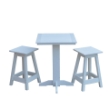





























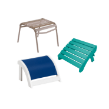





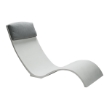







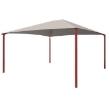

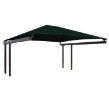
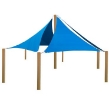
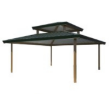
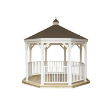
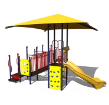











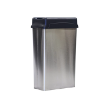




























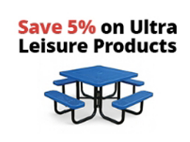

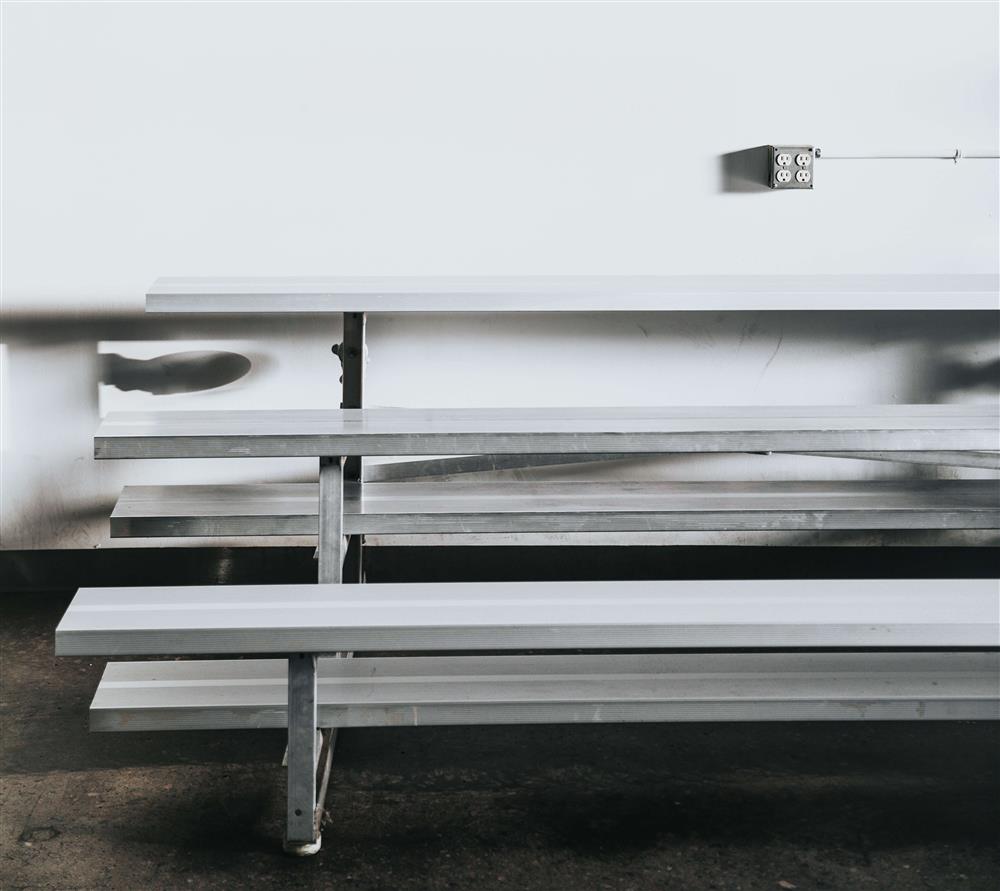




Leave your comment